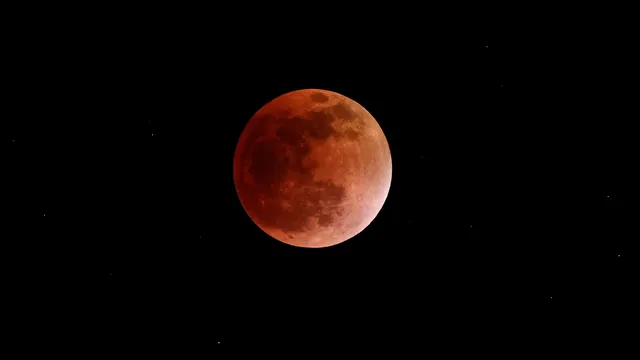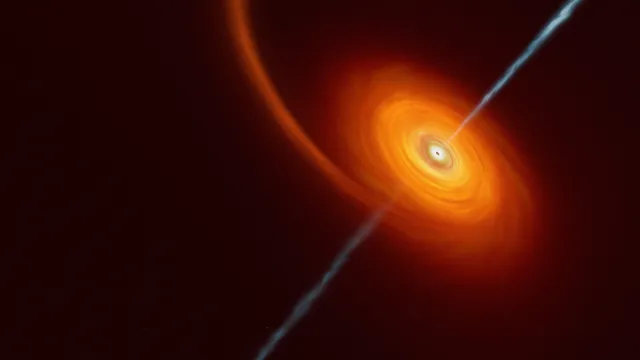Astronomy enthusiasts enjoyed a "Blood Moon" tonight during a total lunar eclipse visible in Asia and parts of Europe and Africa.
When the Sun, Earth, and Moon align, the shadow cast by the planet on its satellite gives the Moon an eerie, deep red color that has amazed people for millennia.
People in Asia, including India and China, had the best view of the total lunar eclipse, which was also visible in eastern Africa and western Australia.
The total lunar eclipse lasted from 5:30 p.m. to 6:52 p.m. GMT (8:30 p.m. to 9:52 p.m. Bulgarian time), AFP reported.
Astronomers in Europe and Africa also had a brief opportunity to see a partial eclipse just as the moon rose in the early afternoon, but America missed this event.
The moon appears red during lunar eclipses because the only sunlight that reaches it is "reflected and scattered through the Earth's atmosphere," said Ryan Milligan, an astrophysicist at Queen's University in Belfast, Northern Ireland.
Blue wavelengths of light are shorter than red ones, so they scatter more easily as they pass through Earth's atmosphere, he explained.
"This is what gives the moon its red, blood-like color," the astrophysicist said.
While special glasses or projectors with a small aperture are needed to safely observe solar eclipses, all you need to see a lunar eclipse is clear weather — and to be in the right place.
The last total lunar eclipse was in March this year, and the previous one was in 2022.
Rare total solar eclipses, in which the Moon blocks the light from the Sun, will be visible in parts of Europe on August 12, 2026.
Next year's total eclipse – the first in continental Europe since 2006 – will only be visible in Spain and Iceland, although other countries will be able to observe a significant partial eclipse.
In Spain, the total eclipse will be visible in a strip about 160 kilometers long between Madrid and Barcelona, but neither city will see the entire phenomenon, Miligan said.
This will be the first total solar eclipse since the one that covered North America in April 2024. | BGNES

 Breaking news
Breaking news
 Europe
Europe
 Bulgaria
Bulgaria







